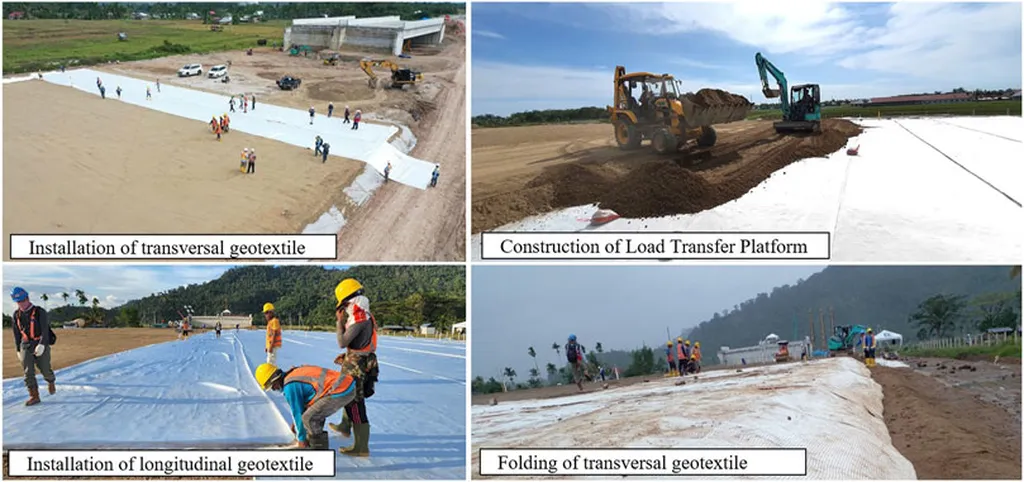In the heart of coastal Indonesia, where the soft clay soils of Muara Tawar cradle the Muara Tawar Combined Cycle Power Plant, a significant geotechnical challenge has been met with innovative engineering solutions. The construction of the Steam Turbine Generator (STG) Block #4 basement, adjacent to existing structures, demanded meticulous planning and analysis to prevent structural failure during deep excavation. Enter Endra Susila, a researcher from the Institut Teknologi Bandung (ITB), who has been at the forefront of this geotechnical puzzle.
Susila and his team turned to PLAXIS 2D, a sophisticated Finite Element Method (FEM) software, to model and analyze the soil-structure interaction. Their goal was to optimize the design and construction methodology for temporary retaining wall systems using sheet piles and strutting. “The key was to ensure the stability of both the new construction and the existing facilities,” Susila explained. The study focused on determining the most effective support systems for deep excavation in these challenging soil conditions.
The research compared three soil models: Mohr-Coulomb, Soft Soil, and Hardening Soil, to evaluate their performance in predicting soil behavior. The results were promising. The proposed sheet pile and strutting system effectively prevented soil collapse during construction, as evidenced by satisfactory safety factors and acceptable deflection values derived from numerical analyses.
The implications for the energy sector are substantial. Coastal areas, often targeted for power plant construction due to their proximity to water sources, frequently present similar geotechnical challenges. This research provides a robust methodology for analyzing and mitigating risks associated with deep excavation in soft soils. “Our findings can guide future projects, ensuring safer and more efficient construction processes,” Susila added.
The study, published in the Indonesian journal Jurnal Teknik Sipil (translated to English as “Civil Engineering Journal”), offers a valuable resource for engineers and researchers in the field. As the energy sector continues to expand, particularly in coastal regions, the insights gained from this research will be instrumental in shaping future developments. By leveraging advanced FEM software and comparative soil modeling, engineers can better navigate the complexities of deep excavation, ultimately contributing to the successful completion of critical infrastructure projects.
In an era where precision and efficiency are paramount, Susila’s work stands as a testament to the power of innovative engineering solutions in overcoming geotechnical challenges. As the energy sector evolves, the lessons learned from the Muara Tawar project will undoubtedly resonate, guiding the way forward in the construction of vital infrastructure.

